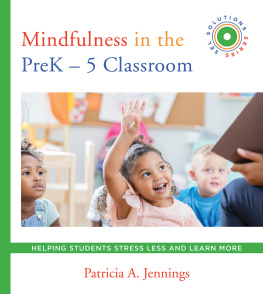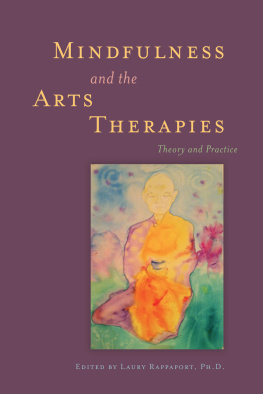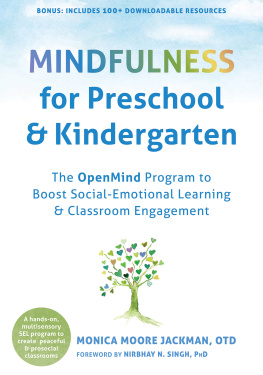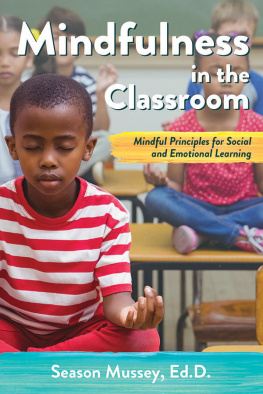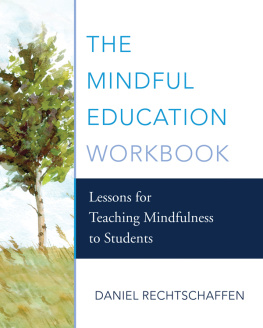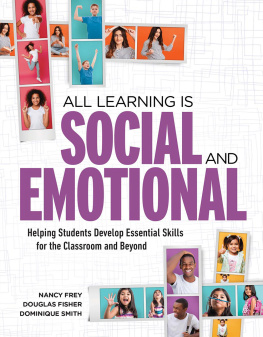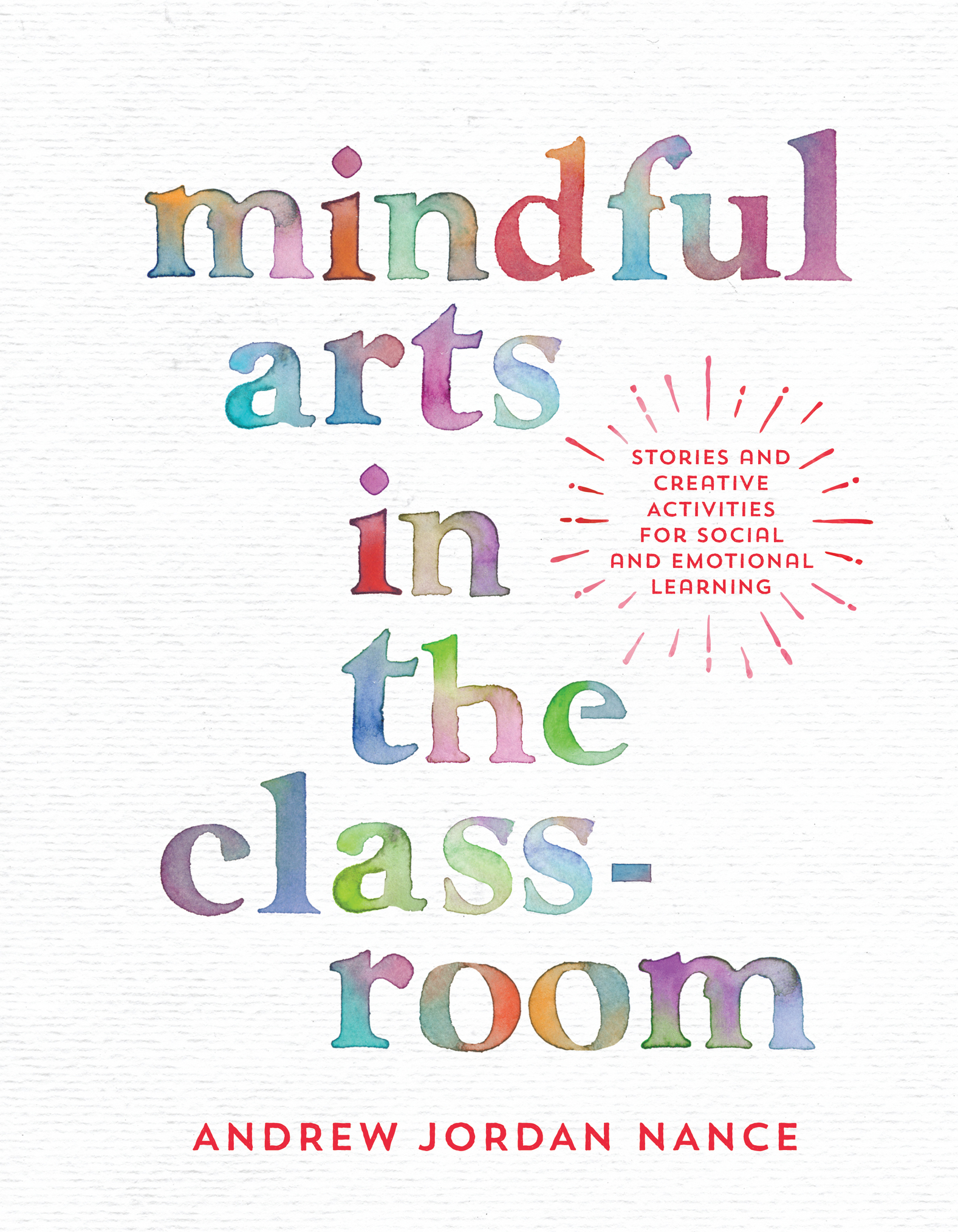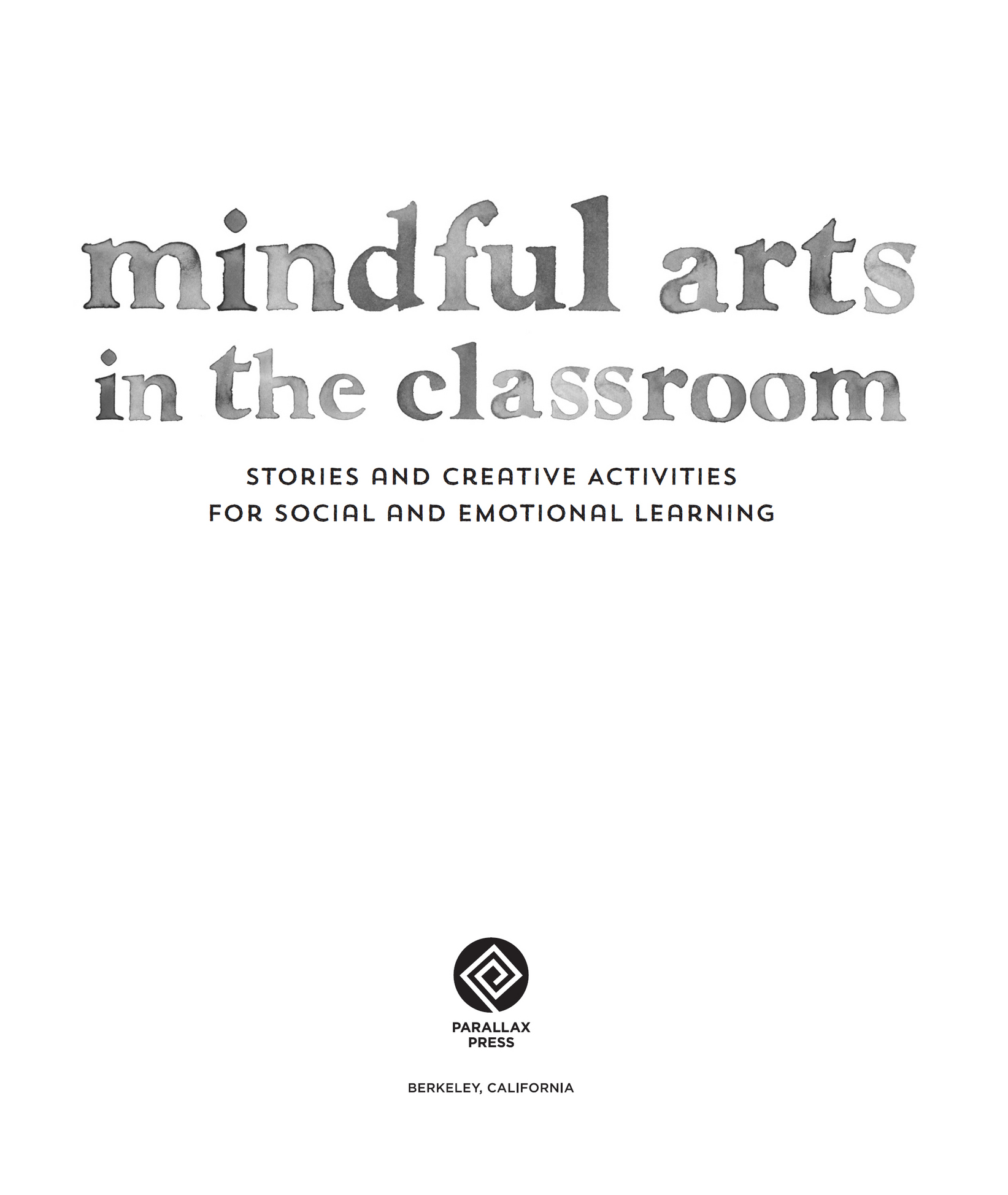What an honor and a privilege it is to be writing this foreword for my friend and colleague, Andrew Jordan Nance. Andrew is one of the key leaders in bringing mindfulness to students in innovative, creative, and engaging ways. He displays his pioneering spirit once again in this phenomenal book, Mindful Arts in the Classroom. Andrew does such an amazing job in bringing mindfulness to life for students and teachers alike. In this comprehensive book you will have an opportunity to be guided, supported, and inspired to share the transformative practice of mindfulness in engaging new ways. His deep understanding of social and emotional learning, combined with lessons that include stories, theater, and best teaching practices, provides the educator using this book an opportunity to be empowered and confident in bringing mindfulness into the classroom in a way that the students will love!
As the founder and director of Mindful Life Project, I can envision this curriculum being used in our organization and shared with all of our partners in the field. Mindful Life Project is focused on presenting mindfulness in the most engaging and powerful ways, and we feel lucky and honored to serve 10,000 students each week in twenty-one underserved schools. We are beyond thrilled about Mindful Arts in the Classroom because we know that our students, and students across the globe, will benefit from it greatly! So many thanks to Andrew for writing this treasure and sharing it with the world, and to you for buying this book and bringing this most transformative practice to the youth you serve.
PREFACE
Thank you for choosing this book and valuing the social and emotional learning of the young people in your life. If you are reading this, you probably teach, or are about to teach, mindfulness to elementary schoolage children. You might be a teacher, or a camp counselor, or a really cool parent or family member who understands the importance of guiding young minds to express their most creative selves. It is my hope that this curriculum will be rewarding, fun, dynamic, and beneficial to the youth you care about, and to yourself as well.
As veteran educator Parker J. Palmer says, Whatever subjects we teach, ultimately we teach who we are. This adage is most true in the elementary school classroom, where students are highly sensitive to the quality of presence in the adults around them. Please note that your own ability to self-regulate is crucial for teaching mindfulness, so take your leading of these lessons as an opportunity to deepen and extend your own practice.
I created the beginnings of this curriculum after just six months of teaching mindfulness to students, in part because I needed more lesson plans that were creative, effective, and fun, and at that time I had not yet found other curricula that were suitable. But I am getting ahead of myself. The road to this point was not as quick as I make it out to be. As a child I studied drama at San Franciscos Attic Theater. I then went on to train at the American Conservatory Theater, eventually receiving a Bachelor of Fine Arts in theater from New York Universitys Tisch School of the Arts. I furthered my studies later in life, travelling to Umbria, Italy, to study with Ellen Stewart and the teachers of the celebrated La MaMa. Over the years, I have had many brilliant dramatic arts teachers, including David Mamet, Linda Hunt, W. H. Macy, and Anna Deavere Smith.
I eventually became the Conservatory Director of an innovative theater called the New Conservatory Theater Center (NCTC) in San Francisco. For almost twenty years I headed NCTCs youth and adult training programs, growing the program from seven classes a year to nearly eighty. Additionally, I performed and directed frequently, winning awards and nominations for various performances, including for two one-man shows.
With a feeling of gratitude, accomplishment, and pride, I left NCTC in the summer of 2013 to find out what my next life chapter might be and to seek out a new passion. I had no idea what was next; I just jumped. Little did I know that in just over a year I would be teaching my first mindfulness classes.
Like an investigator trying to find clues for my lifes next chapter, I began taking classes in topics such as the Science of Happiness and attended UC Berkeleys Greater Good Science Centers weeklong Summer Institute for Educators. There I learned about child development and something called mindfulness or the act of paying attention to the present moment on purpose, without judgment. I learned that over the last forty years a number of institutions within universities globally were studying what makes human beings feel happy and fulfilled. Here in the United Sates, Stanford University has the Center for Compassion and Altruism Research and Education (CCARE), the University of Massachusetts Medical School has the Center for Mindfulness, and the University of California, Berkeley, has the Greater Good Science Center (GGSC).
At the GGSC symposium I heard many inspiring speakers including Rick Hanson and two of the cofounders of an organization called Mindful Schools, Megan Cowan and Chris McKenna. Megan and Chris took turns teaching the group how to go inward, guiding us through the fundamentals of mindfulness. They taught us how to meditate and helped us label our emotional states. They also shared that breathing is not just a passive act, but a tool for gaining awareness, especially when we feel challenging emotional states arising. They explained that taking conscious, slow breaths in these moments can make a big difference in what we do next. These ideas seemed familiar to me; after all, as a theater performer and director, I had used my breath to stay focused and was well practiced in analyzing my emotions in order to reproduce them on stage. Then, to my surprise, Megan and Chris started teaching us theater games similar to what I had played at university and in countless classes and rehearsals.
That is when the light bulb went off: theater training and mindfulness training have a great deal in common! Both encourage the participant to understand their inner world, witness what is going on around them in the moment, notice what feelings arise, and proceed with skillful intention. Both look at how the body manifests and conveys feelings, and how to stay present in the moment even if we are fearful or jittery, or experiencing other emotional states that might prevent us from acting skillfully. The two trainings ask us to use our breath so that the body and the mind perform optimally. Both trainings ask us to be in the present moment, noticing the given circumstances, so that we can truly inhabit the experience, and be fully present for ourselves and others.
Here is where the two trainings diverge: when we are on stage we want to react. If someone says something distasteful to us, the most dramatic course of action would be to react with a clever, funny, or biting retort that possibly escalates into a fistfightor better yet, a duel with swords or pistols, a la



